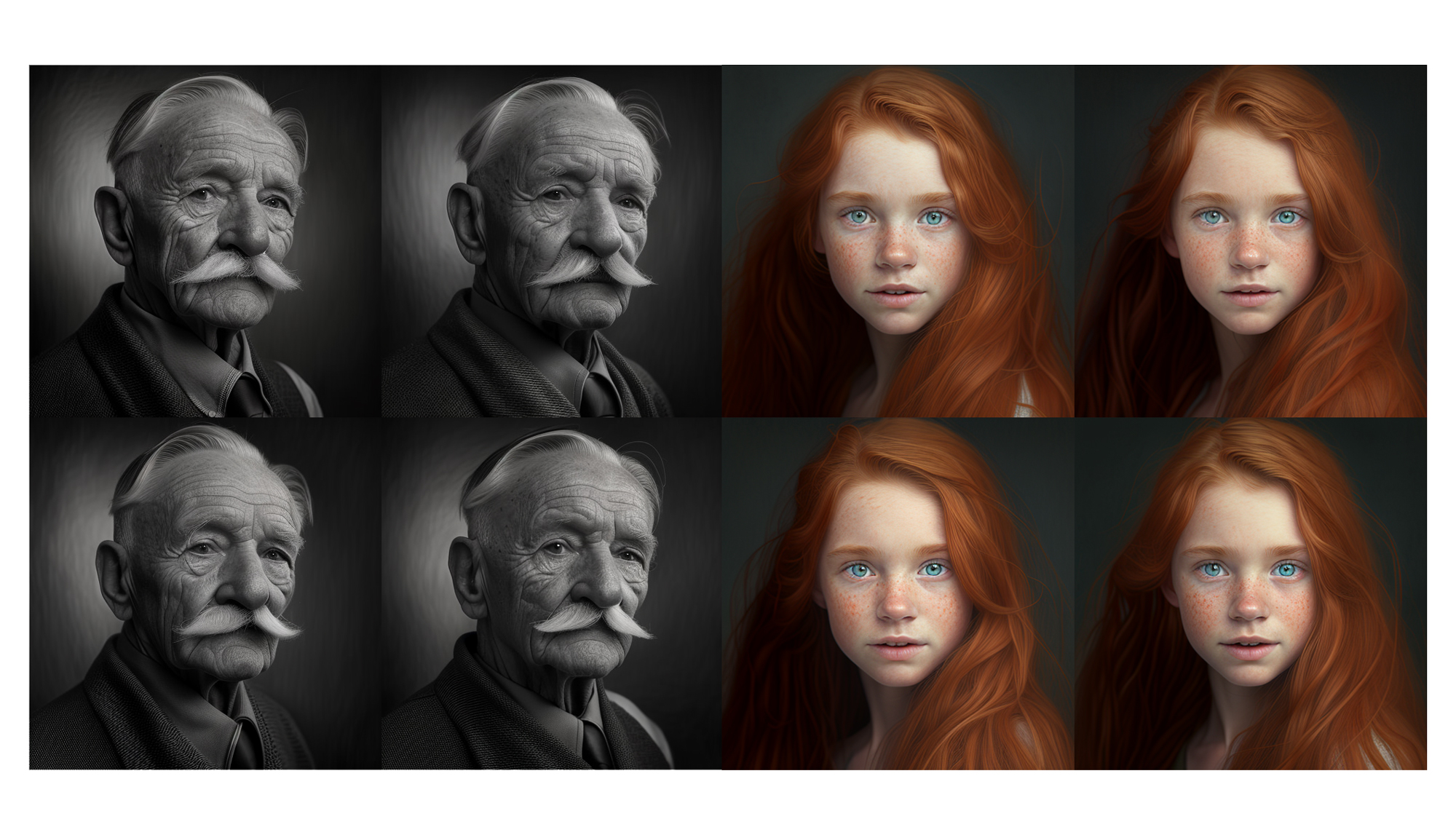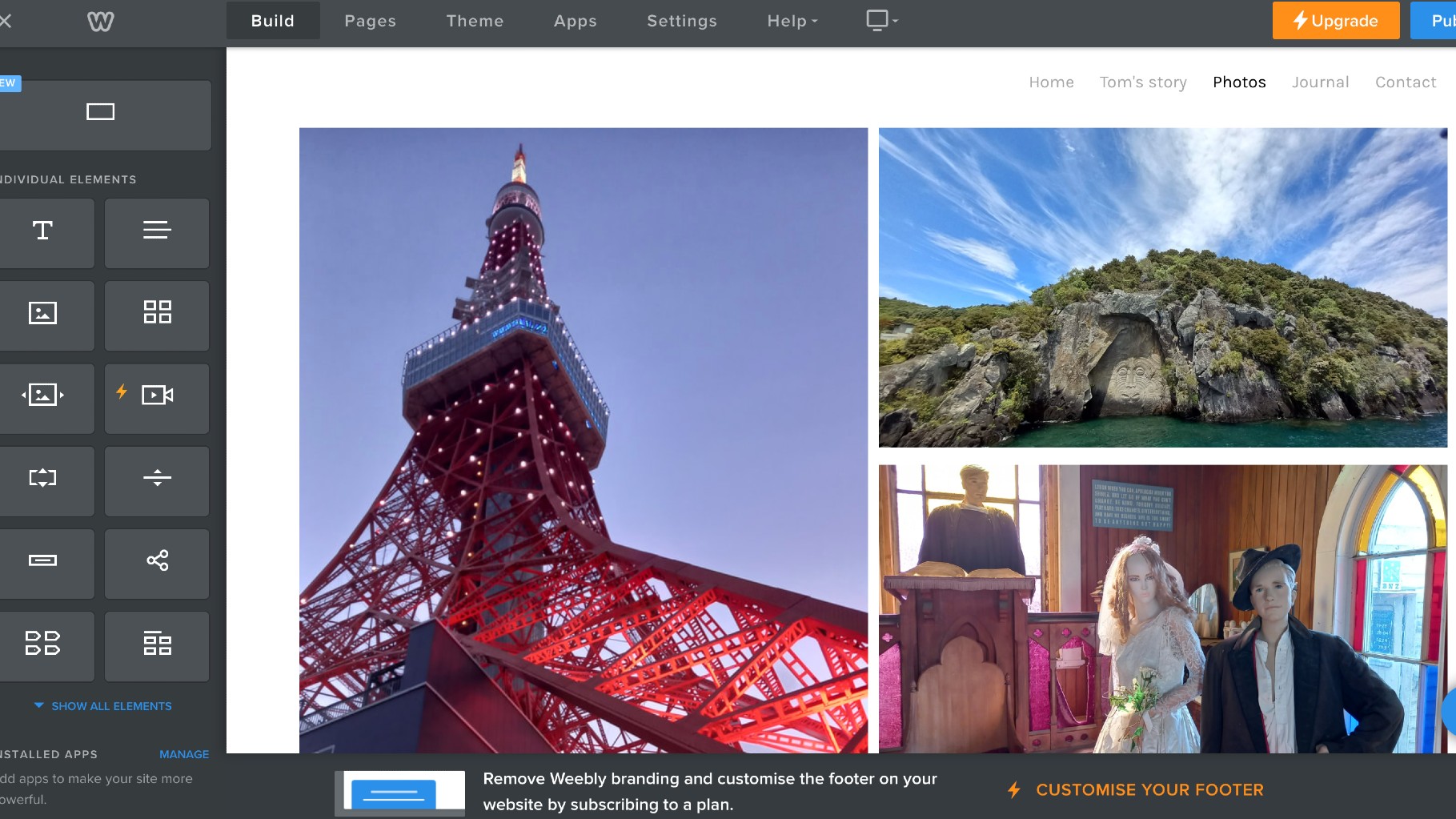AI portraits are hard work, says deceitful Instagrammer with 28K followers
AI portraits might be labor intensive, but that doesn't mean you should falsely portray them as real photographs

A creative who’s gained more than 28,000 followers on Instagram has just confessed that all his portraits are AI-generated. Having gained an unexpectedly large amount of followers, Joe Avery decided it was time to come clean and tell the world how he created his series of striking portraits.
When Avery first started posting portraits on Instagram back in October 2022, he used hashtags such as #portraitphotography, #portrait_gram and #portrait_perfection but very rarely used #ai (if ever). There was no mention in the caption about AI portraits and often, when people congratulated him for such incredible photo, he merely thanked commenters for their compliments and neglected to mention that he didn’t actually take the photo.
• These are the best AI image generators – just make sure you're honest if you use one!
Avery’s portraits are weirdly captivating; they feel like real people sitting in front of a camera with real stories to tell. The eyes sparkle, facial features are perfectly in proportion, skin tones are relatively accurate and although some textures look a little too smooth, that could just be from overzealous retouching.
It’s no wonder people believed that they were photographic portraits, and it’s hardly surprising that real photographers are angry he wasn't forthcoming with he truth.
A post shared by Avery Portraits & Art (@averyseasonart)
A photo posted by on
With guilt (and his follower count) building, Avery decided it was time to own up so he contacted Ars Technica. In an email to the news outlet, he wrote, "My [Instagram account] has blown up to nearly 12K followers since October, more than I expected. Because it is where I post AI-generated, human-finished portraits. Probably 95%+ of the followers don't realize. I'd like to come clean."
Despite using AI image generators to create these portraits, Avery claims it’s still a very labor-intensive process – one into which he as the creator still has a lot of input. It isn’t quite as simple as typing in the text prompt "black and white photo-realistic image of an old man with grey hair and wrinkles" and ending up with a photorealistic shot. For each image, Avery combines around 85 different images and edits them in Lightroom and Photoshop to achieve the end result.
Get the Digital Camera World Newsletter
The best camera deals, reviews, product advice, and unmissable photography news, direct to your inbox!
Curious to find out what I could achieve in a very short space of time, with no extra editing, I jumped onto Midjourney. I entered the prompt "a photorealistic portrait of a ginger girl with long hair and blue eyes on a plain background" and, within a minute, I had four pretty convincing photos (which you can see at the top of this article). From a distance you'd think they were photos but close up, you noticed things that weren't quite right.
A post shared by Avery Portraits & Art (@averyseasonart)
A photo posted by on
Like any good scientist, I repeated the experiment three times, using the prompt "photorealistic portrait of an old man with a mustache in black and white with a dark colored background" on the second. If anything, this set looked more realistic, even down to the placement of the eye glint – call me lazy, but I wouldn't bother editing them any further.
By the sounds of it, creating a truly believable AI portrait takes longer than an actual photoshoot – and when you can achieve such good results just from Midjourney, I can't help but wonder, why would you bother?
If it's not for a specific purpose, like the photographer who used AI to imagine what dead celebrities would look like today, creating AI portraits doesn't have any real value. The technique and skill to do it is impressive but ultimately, in my opinion, portraits are about a story and the connection between photographer and subject – not creator and computer.

Having studied Journalism and Public Relations at the University of the West of England Hannah developed a love for photography through a module on photojournalism. She specializes in Portrait, Fashion and lifestyle photography but has more recently branched out in the world of stylized product photography. Hannah spent three years working at Wex Photo Video as a Senior Sales Assistant, using her experience and knowledge of cameras to help people buy the equipment that is right for them. With eight years experience working with studio lighting, Hannah has run many successful workshops teaching people how to use different lighting setups.
